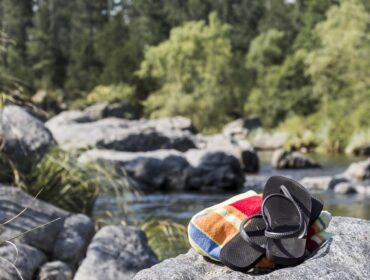 As more and more animals join the list of species facing endangerment of extinction, more people are starting to take notice of how human activity directly affects the lives of others, even those that are not within a close proximity to our homes and businesses. What happens on land has a widespread impact not only on other terrestrial locations, but many ocean ecosystems as well. However, we’re not all bad news when it comes to our relationship with other living things on Earth. The need for better management of our natural resources and the public’s desire to get involved has led to a surge in eco-tourism in many places across the globe.
As more and more animals join the list of species facing endangerment of extinction, more people are starting to take notice of how human activity directly affects the lives of others, even those that are not within a close proximity to our homes and businesses. What happens on land has a widespread impact not only on other terrestrial locations, but many ocean ecosystems as well. However, we’re not all bad news when it comes to our relationship with other living things on Earth. The need for better management of our natural resources and the public’s desire to get involved has led to a surge in eco-tourism in many places across the globe.
Eco-tourism focuses on relatively untouched natural areas and animals, offering participants the chance to see for themselves how precious a resource these regions are to the people of Earth. The foundation of eco-tourism comes primarily from the people who reside in these areas, which also helps to encourage a better understanding of the cultural traditions of other nations. Most organizations operate on a model that is designed to be sustainable, ensuring that the human impact on the environment is incredibly small, while making a tremendous impact on those who visit.
The success of eco-tourism operations has resulted in better lives for wildlife, who are at a much lower risk of exploitation through poaching and habitat destruction, as well as better lives for human residents, who experience growth due to more sustainable farming and ranching practices, and the financial benefits that tourism provides. This footage of eco-tourism at work, taken in Kenya, is just one terrific example of how eco-tourism has changed people’s lives and their environment for the better, allowing them to actively participate in wildlife conservation and provide a better future for all of Earth’s living things.
Image via Bookabee Tours Australia




